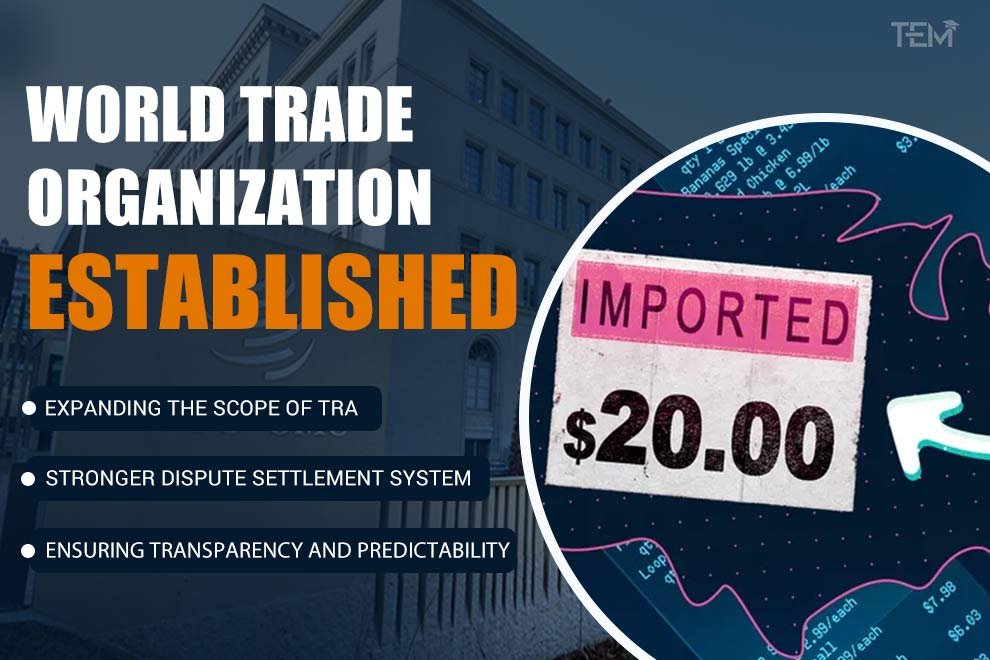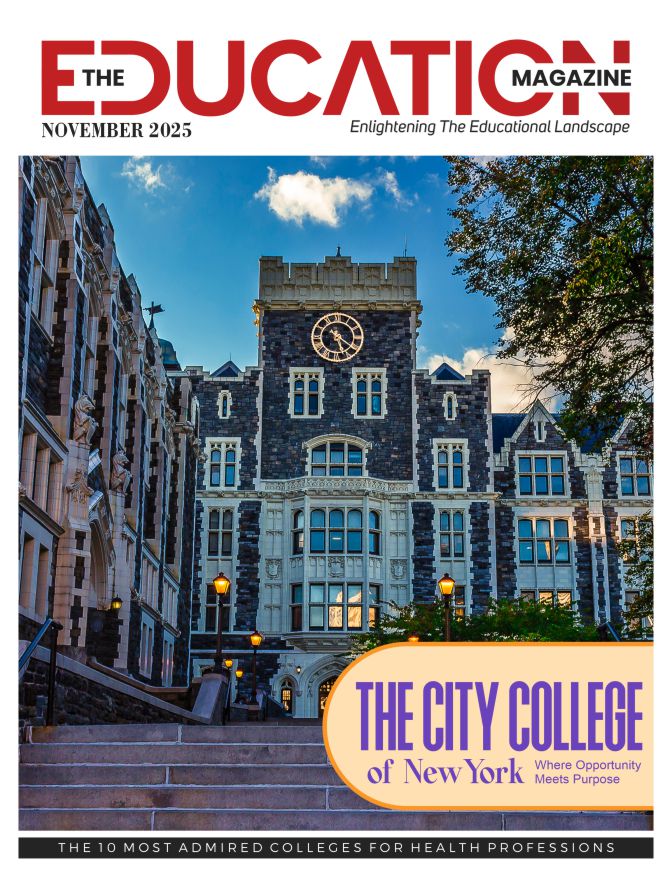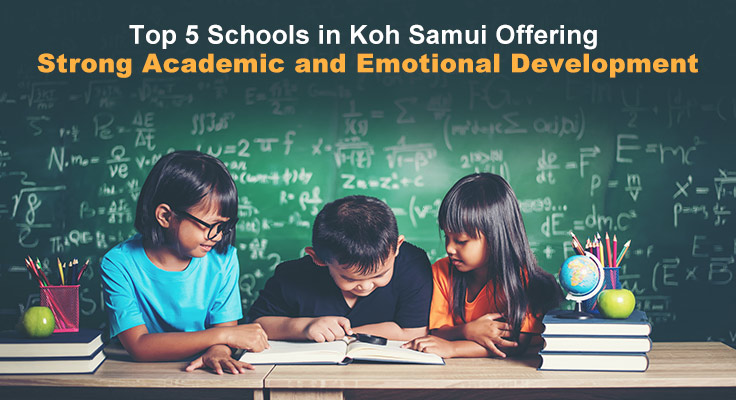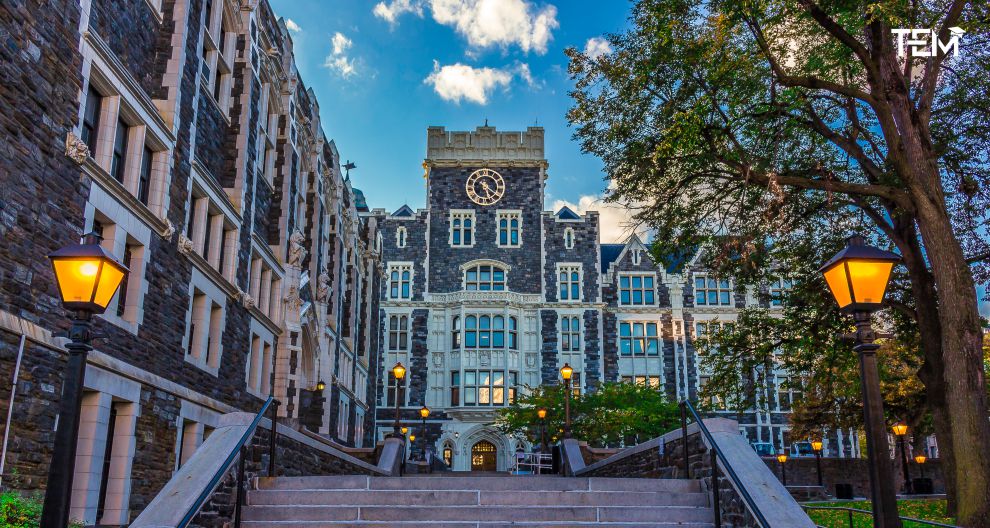Have you ever wondered how global trade keeps moving smoothly between countries of every size? The World Trade Organization established a system that makes this possible. Acting as the main referee for world trade, the WTO sets rules, resolves disputes, and ensures fairness for all members. Its creation marked a turning point in trade history, replacing the limited and temporary GATT with a stronger, permanent institution. The goal was clear—create a comprehensive, enforceable, and transparent system that could handle goods, services, and intellectual property under one roof. Understanding why the WTO came into existence helps us see how it shapes economies, prevents conflicts, and keeps the global marketplace running efficiently today.
The Predecessor: The General Agreement on Tariffs and Trade (GATT)
After World War II ended in 1945, countries wanted smoother trade and fewer conflicts. In 1947, 23 nations signed the General Agreement on Tariffs and Trade (GATT) in Geneva. Its aim was simple — to cut tariffs and make trade fair for everyone. It acted as a rulebook for trade, but only on a provisional basis.
Strengths and Weaknesses
GATT achieved notable wins:
Reduced average global tariffs from about 22% in 1947 to less than 5% by the early 1990s.
Created a stable framework for trade talks.
However, it had limits:
It remained provisional for decades.
It covered mainly goods, not services or agriculture.
It lacked strong powers to settle disputes quickly.
The Tipping Point — Uruguay Round
From 1986 to 1994, nations held the Uruguay Round of negotiations. This was the most ambitious GATT round. It expanded coverage to services, agriculture, and intellectual property. It also created a permanent institution to replace GATT. On 1 January 1995, the World Trade Organization established itself, taking over GATT’s role and broadening its scope.
The birth of the WTO: Key reasons for its establishment
A Permanent Institutional Framework
Under GATT, trade rules rested on a temporary agreement. This caused uncertainty. The World Trade Organization established itself as a permanent, formal body. This gave countries a stable, predictable place to negotiate and resolve trade issues.
Expanding the Scope of Trade
Goods: The WTO continued GATT’s mission, reducing tariffs and removing barriers to global goods trade.
Services: Through the General Agreement on Trade in Services (GATS), the WTO brought banking, tourism, and telecoms into trade rules.
Intellectual Property: The Agreement on Trade-Related Aspects of Intellectual Property Rights (TRIPS) set global standards for patents, copyrights, and trademarks, ensuring fair protection worldwide.
A Stronger Dispute Settlement System
GATT’s dispute process was slow and often ignored. The WTO introduced a binding, faster, and rule-based dispute resolution system. This ensured that trade rules were enforceable, not just suggestions.
Ensuring Transparency and Predictability
The WTO’s Trade Policy Review mechanism regularly examines members’ trade policies. This fosters clarity, builds trust, and helps avoid sudden policy changes.
In essence, the WTO transformed trade from a loose handshake into a solid, enforceable contract between nations.
The WTO’s core principles and functions
The World Trade Organization established its system on simple but powerful rules that guide global trade. These include non-discrimination, which means all countries must treat their trading partners fairly, the most-favored-nation principle, where any benefit given to one member must be offered to all, and national treatment, which ensures imported goods and services receive the same treatment as domestic ones once they enter a market.
The WTO’s functions build on these principles by administering trade agreements, providing a trusted forum for negotiations, resolving disputes through a binding and rule-based system, monitoring trade policies to maintain transparency, and helping developing nations strengthen their trade capacity.
Together, these principles and functions make trade more fair, predictable, and stable, allowing businesses and governments to plan with confidence. This framework ensures that countries compete on equal terms, disputes get resolved effectively, and the global trading system remains open and reliable for everyone involved.
Impact and legacy: The WTO’s role in today’s world
The World Trade Organization established a platform that has boosted global trade, supported economic growth, and given smaller nations a voice in shaping trade rules. By creating a fairer environment, it has helped developing countries access markets that were once closed to them. Its dispute system has prevented trade wars and promoted cooperation, benefiting economies worldwide.
However, the WTO is not without its critics. Some argue it affects national sovereignty by limiting policy choices. Others point to slow decision-making due to the need for consensus among all members. Developing nations often express concerns about fairness, saying that rules can still favor wealthier countries with more resources to negotiate and implement trade agreements.
Looking ahead, the WTO faces challenges from rising protectionism, digital trade disputes, and the need to modernize its rules. Reform discussions focus on making decision-making faster, updating rules for e-commerce, and ensuring that the organization remains fair and relevant for both rich and poor nations. The WTO’s future will depend on its ability to adapt while maintaining its core mission—keeping global trade open, fair, and predictable for everyone.
Key Takeaways
When looking at the roots of why the World Trade Organization established itself, one thing becomes clear—global trade cannot thrive on uncertainty. GATT provided a starting point, but it lacked the strength, scope, and enforcement needed in a changing world. The WTO filled that gap by creating permanent rules, expanding to services and intellectual property, and ensuring disputes are settled with authority. Yet, the story does not end here. Trade today faces digital disruption, climate concerns, and rising protectionism. The question is not whether the WTO has been valuable—it has—but whether it can adapt fast enough to stay relevant. The future of fair global trade will depend on how well the WTO responds to these shifts while keeping its core promise: open, fair, and predictable trade for all nations.










